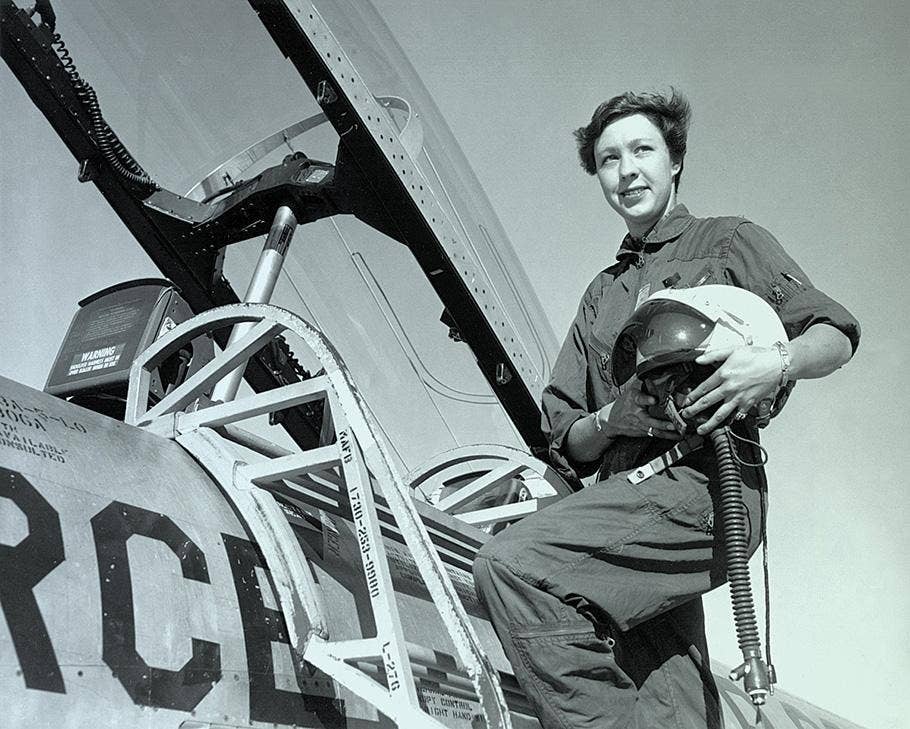Lessons from ‘Spad’
The loss of aviation safety leader, pilot, and friend Richard McSpadden from the AOPA’s Air Safety Institute causes reflection.

We lost one of the truly good humans among us in the aviation family last weekend. And it happened in an accident that strikes me—ahead of any official report from the National Transportation Safety Board or otherwise—as a confluence of objective hazards and bad luck.
In an accident on October 1 at the Lake Placid Airport (KLKP) in New York, Richard McSpadden was in the right seat of a Cessna 177RG Cardinal, with pilot and former New England Patriots tight end Russ Francis in the left seat. The Cardinal was flying as a single ship and had just lifted off when a so-far undefined emergency caused them to initiate a return to the ground. Though the pair survived the subsequent forced landing into the trees—based on photos released of the scene—they both died soon afterward.
McSpadden, 63, was a senior vice president for the Aircraft Owners and Pilots Association, and he had led the Air Safety Institute as its executive director—a role tailor-made for a pilot who held aviation safety as his raison d’être throughout his career. A former U.S. Air Force pilot and commander of the branch’s elite demonstration team, the Thunderbirds, “Spad,” as he was known to friends, emerged as a leader for the general aviation industry, with his calm and measured countenance, and his deliberate and realistic approach to improving safety.
But his message resonated to pilots across the spectrum because of the way he delivered it—with care for those around him, an approachable aspect, and a genuine smile and handshake for everyone he met. There’s no question in my mind his work saves lives in our aviation community.
A Genuine Leader
While our paths crossed many times professionally—and I and the FLYING Media Group team interviewed him often for stories and accident analysis—I saw him regularly at the Frederick Municipal Airport (KFDK) in Maryland, where AOPA is based. He kept his cheery yellow Piper Cub in a hangar across the row from a friend’s airplane I get to fly sometimes.
The Cardinal may at first glance seem like a fairly pedestrian airplane for a pilot with Spad’s wide-ranging abilities, from Van’s RVs to the F-15—but every model has its quirks. We don’t know yet what transpired in the cockpit, whether an exchange of controls took place, or the nature of any communication. The NTSB will work with AOPA to determine what happened. Some things we may never know.
What we do understand now includes several observations that run outside of the regular and serious hazards presented by a loss of thrust on takeoff. We can look at the airport environment. We can assess the state of the airplane, as it came to rest mostly intact. And at least one of the pilots—Spad—had constant exposure to and promulgated a safety culture that talked often about the “loss of power on takeoff” scenario. Awareness was not an issue here. Bad luck certainly played a role.
What we can take away right now is a renewal of the voice that prompts us to thoroughly assess the objective hazards present when we take the runway for departure. You can ask yourself: How can you adjust what you do to reduce the objective hazards—whether they lie in trees close to the runway’s end, or high density altitude, or an unfamiliar airplane, or something unique to the airport or your operation?
I thought about this on the drive home last night, after attending an informal gathering of Spad’s many friends and colleagues on his hangar row at Frederick. Because of the geometry of the road we live on, I pull up to the top of the hill to see past its crest before backing up to turn into our driveway. I make sure there’s no traffic approaching that would plow into the car as I make the turn. It’s like lifting a wing to look before you bank, or spinning the airplane around at the hold short line to survey the scene once more before you depart. And ensuring you fully brief the possible emergencies on departure—including the uncommanded loss of engine power—every single time.
I have the sense that although he’s left us, Spad would be happy to stay in position as your invisible wingman for the rest of your flying career to remind you to take those extra steps every time you fly.

Sign-up for newsletters & special offers!
Get the latest FLYING stories & special offers delivered directly to your inbox






